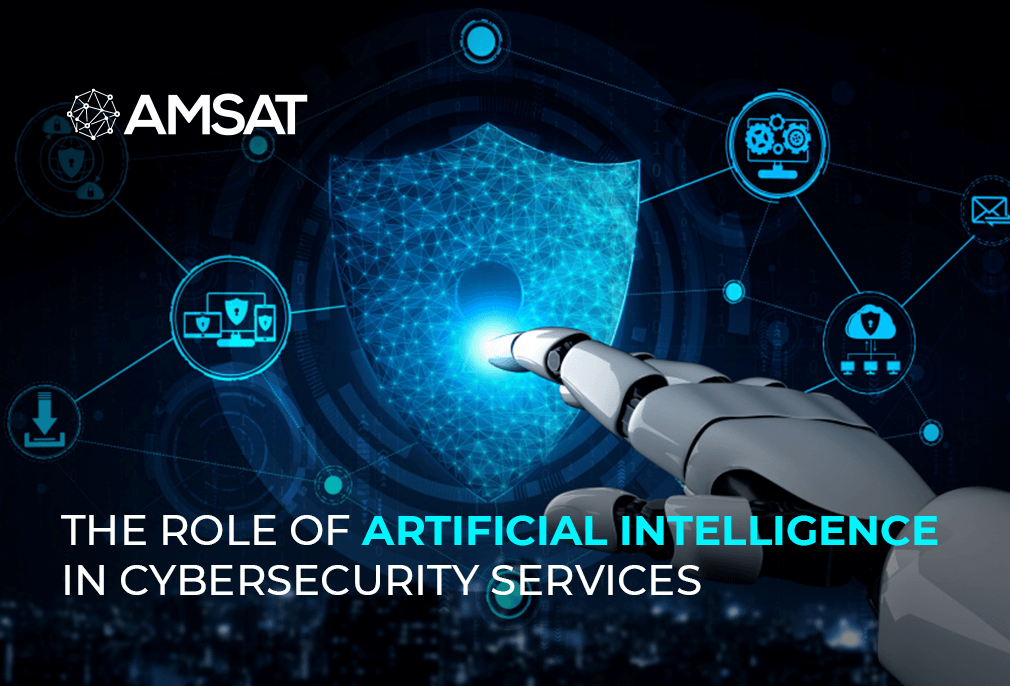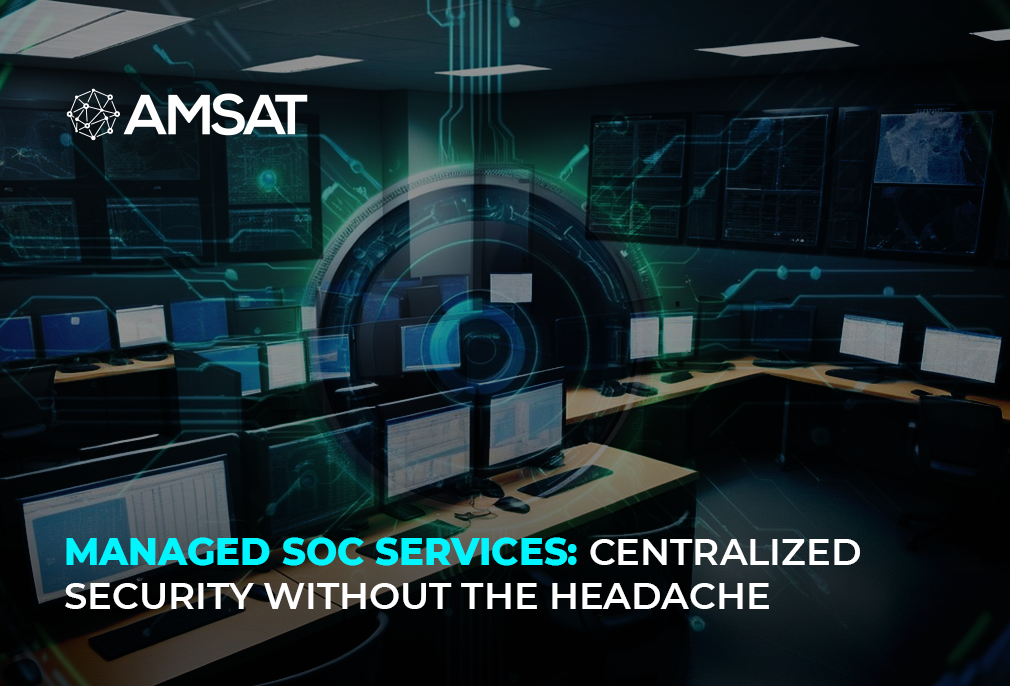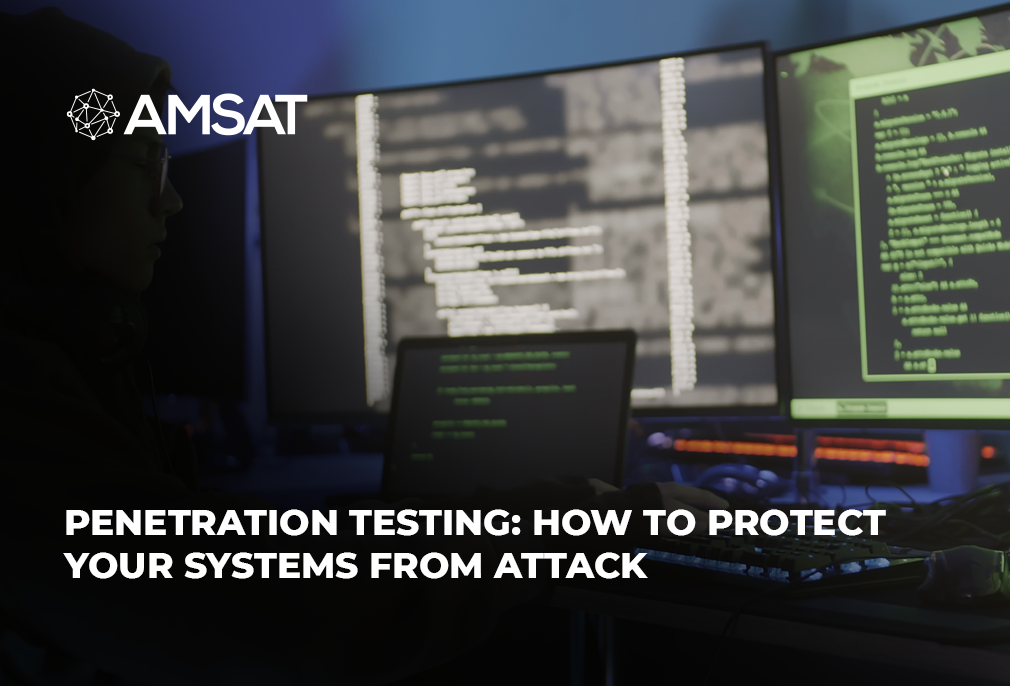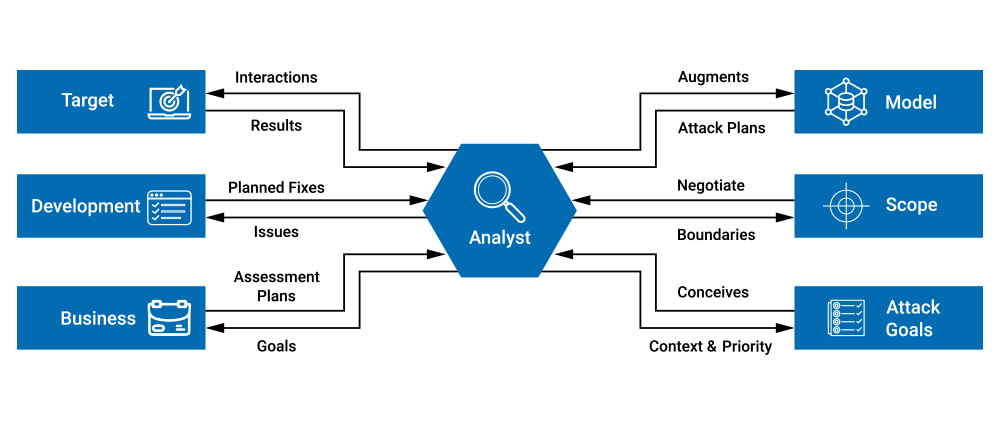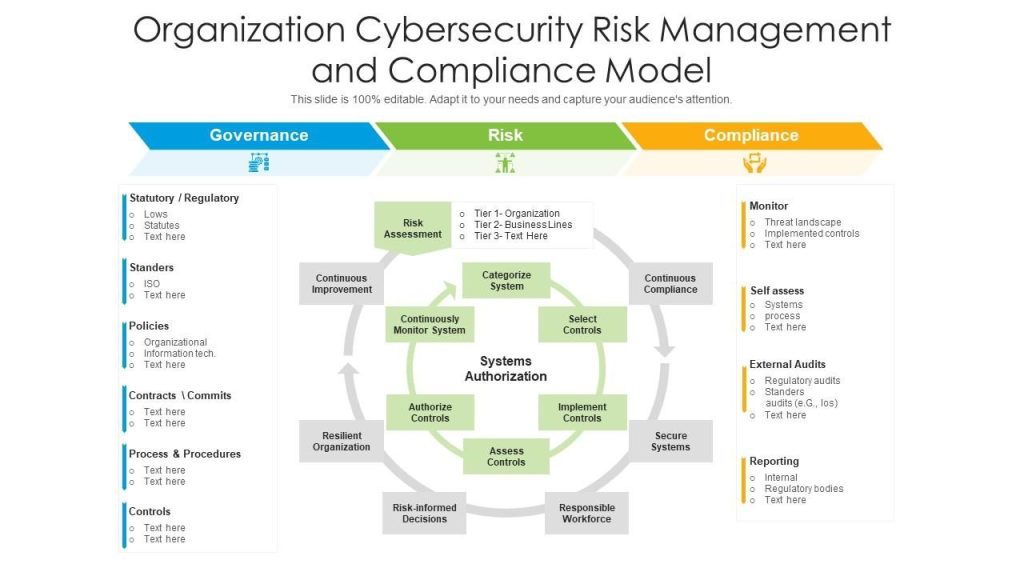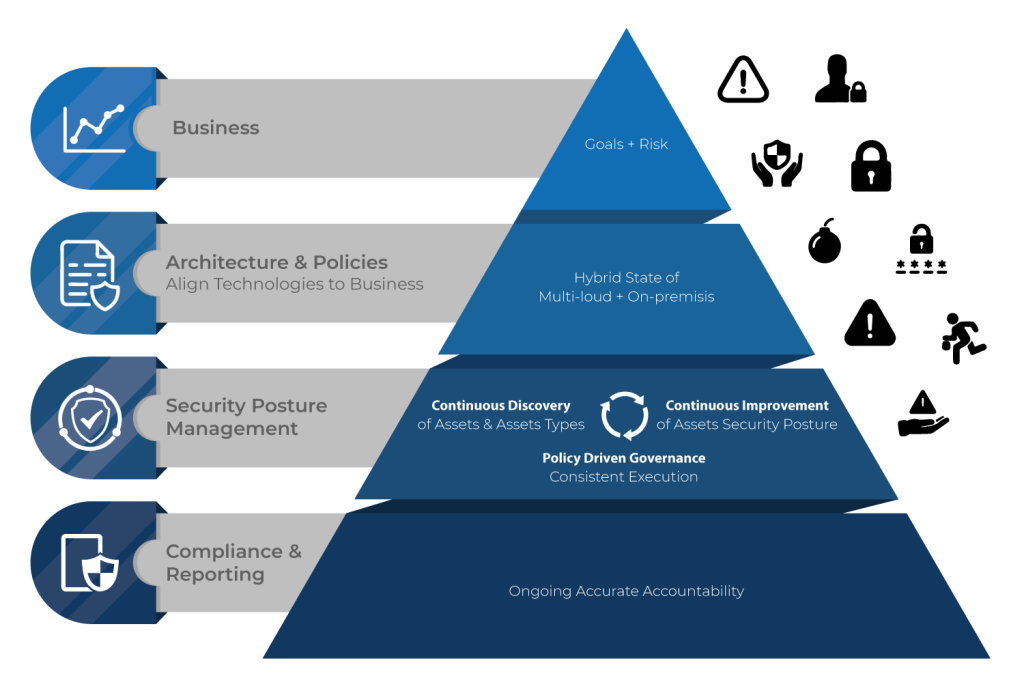Latest Blogs
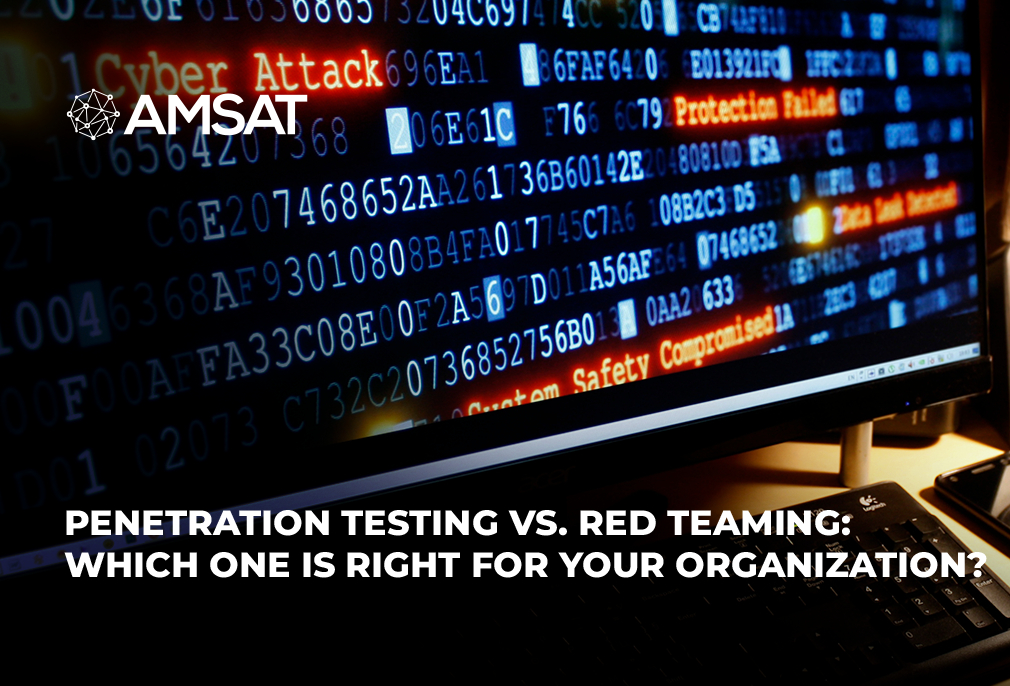
By AMSAT Aug 31,2023
Penetration Testing vs. Red Teaming: Which One is Right for Your Organization?
Introduction
In today’s increasingly interconnected and vulnerable landscape, organizations must have robust security measures in place. Conducting simulated cyberattacks, such as penetration testing or red teaming exercises, is an effective way to ensure this.
Penetration testing (pen testing) is a security assessment that simulates an attack on an organization’s systems and networks. The goal of pen testing is to detect and plug holes that cybercriminals are likely to exploit.
Red teaming is a more advanced form of penetration testing that takes a more rounded approach to security. Red teams attempt to circumvent an organization’s security controls and gain access to sensitive data or systems.
Which One is Right for Your Organization?
The choice of whether to conduct pen testing or red teaming depends on a number of factors, including the size and complexity of your organization, the sensitivity of your data, and your budget.
If you are a small organization with limited resources, pen testing may be a good option. Pen testing can help you identify and fix vulnerabilities that could be exploited by attackers.
If you are a large organization with sensitive data or a complex IT infrastructure, red teaming may be a better option. Red teaming can help you identify and fix vulnerabilities that pen testing may miss.
The Benefits of Penetration Testing and Red Teaming
Both penetration testing and red teaming can provide a number of benefits for organizations, including:
- Increased security awareness: By simulating attacks, pen testing and red teaming can help organizations raise awareness of security risks and vulnerabilities.
- Identification of vulnerabilities: Pen testing and red teaming can help organizations identify vulnerabilities in their systems and networks that could be exploited by attackers.
- Mitigation of risks: Pen testing and red teaming can help organizations mitigate risks by fixing vulnerabilities and implementing security controls.
- Improved incident response: Pen testing and red teaming can help organizations improve their incident response capabilities by identifying and addressing gaps in their processes.
The Costs of Penetration Testing and Red Teaming
The costs associated with penetration testing and red teaming can vary significantly based on a number of factors. These factors include your organization’s size and complexity, the sensitivity of the data you handle, and the required level of involvement.
The cost of penetration testing is typically less expensive than that of red teaming. However, businesses that handle extremely sensitive data or maintain a complicated IT architecture may consider investing in red teaming to be justifiable. Carefully analyzing these factors and matching them to the unique needs of your organization is necessary to arrive at an informed choice regarding the best course of action.
How to Choose a Penetration Testing or Red Teaming Provider
There are some crucial factors to take into account when selecting a penetration testing or red teaming company. Choosing the proper provider is essential because these services involve analyzing your organization’s security through the simulation of actual attacks. Here is a step-by-step instruction sheet to assist you in reaching a decision:
Assess Your Needs: Determine the scope of the testing, the systems to be evaluated, and the goals you want to achieve. This will help you communicate your requirements clearly to potential providers.
Expertise and Experience: Look for service providers who have a proven track record and extensive red teaming and penetration testing experience. Verify their credentials, including any relevant qualifications (such as Certified Ethical Hacker (CEH), Offensive Security Certified Professional (OSCP), etc.), and the duration of their professional experience.
Reputation and References: Check out the provider’s website for reviews, endorsements, and case studies to learn more about their reputation. Ask for references from previous customers to learn more about their professionalism and quality of work.
Methodology: Appreciate the provider’s testing methodology. They should follow a structured method that includes reconnaissance, vulnerability assessment, exploitation, and reporting.
Customization: The security requirements of every organization are different. Make sure the service offers customized testing based on your unique requirements rather than offering a universally applicable solution.
Communication: Effective communication is key. The service provider must respond quickly to your questions, clearly describe how they work, and keep you informed at all times.
Transparency: The provider should be transparent about their findings, methodologies, and any potential risks associated with the testing process.
Legal and Ethical Practices: Ensure that the provider adheres to legal and ethical standards. They should be properly authorized to test your systems, be trustworthy, and refrain from any malicious behavior.
Reporting: A comprehensive and well-structured report is vital. The report should include detailed findings, vulnerabilities exposed, exploitation methods used, and recommendations for remediation.
Cost: While cost is a factor, don’t solely make your decision based on price. Focus on the value and quality of services offered.
Post-Engagement Support: Find out if the provider provides any post-engagement support. After the testing is finished, they ought to be prepared to help you take corrective actions and handle any queries or worries you may have.
AMSAT: A Trusted Leader in Penetration Testing and Red Teaming
AMSAT is a trusted leader in penetration testing and red teaming. With over 10 years of experience, AMSAT has helped organizations of all sizes improve their security posture. AMSAT’s team of experienced security professionals use a variety of techniques to simulate real-world attacks, identifying and exploiting vulnerabilities in your systems and networks.
AMSAT also offers a variety of other security services, including security assessments, incident response, security consulting, security training, and more.
Contact AMSAT today to learn more about how they can help you improve your security posture.
Contact AMSAT today to learn more about penetration testing and red teaming, or to schedule a consultation. AMSAT can help you choose the right solution for your organization and budget.
Visit AMSAT’s website to learn more about our services and experience.
TAGS
- Cyber Crime
- Security Updates
Recent Blogs
Ready to Get Started?
Our specialists are ready to tailor our security service solutions to fit the needs of your organization.

